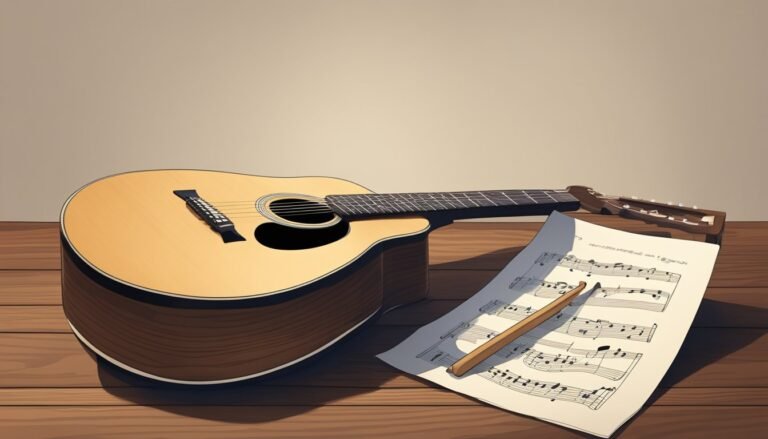
How to Play an Acoustic Guitar: A Simple Guide for Beginners
Playing acoustic guitar requires understanding its parts, tuning, basic chords, and practice techniques to develop skills and play songs effectively. Regular practice enhances proficiency.

Playing acoustic guitar requires understanding its parts, tuning, basic chords, and practice techniques to develop skills and play songs effectively. Regular practice enhances proficiency.
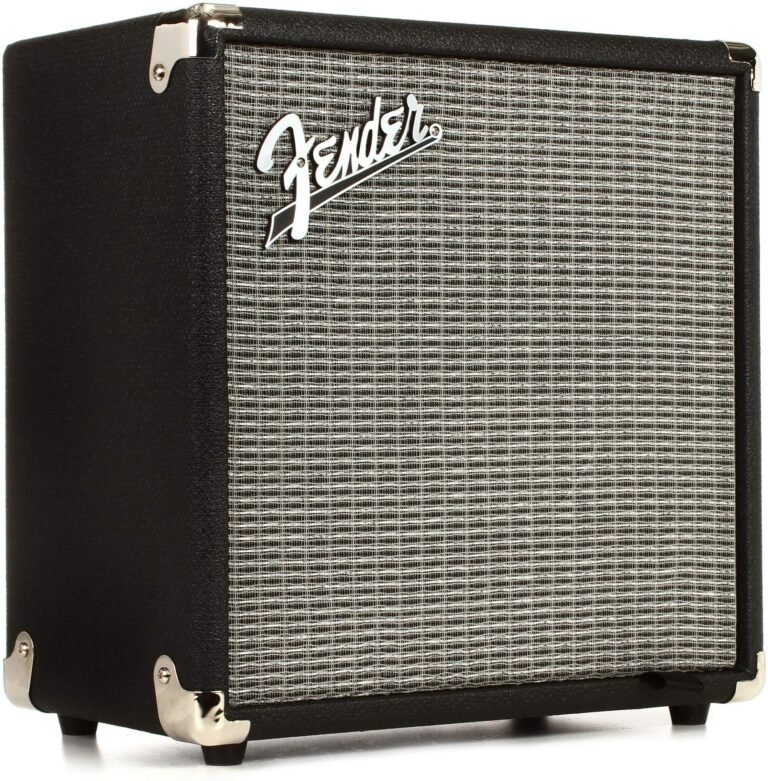
Bass guitar amps are essential for amplifying low frequencies, enhancing sound during practice, jamming, or performances. Key factors include wattage, speaker size, portability, and additional features.

Learning guitar independently involves selecting the right instrument, utilizing online resources, creating a practice space, and maintaining consistency to improve skills effectively.
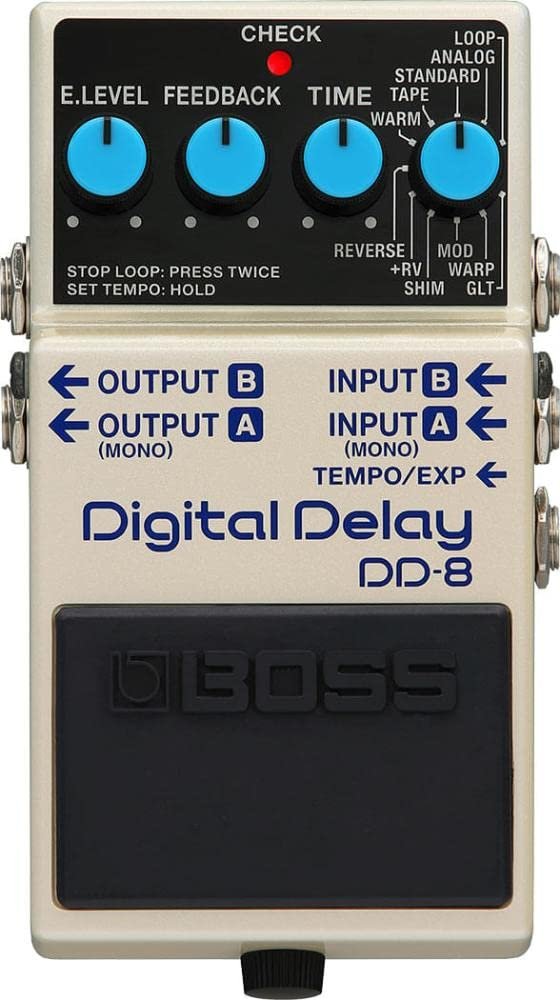
Delay pedals enhance music by adding depth and atmosphere, creating spacious soundscapes. Key features include delay type, options, build quality, and ease of use.

Guitar players enhance their sound using effect pedals, which offer various tones like distortion and delay, catering to styles such as rock, blues, and jazz.
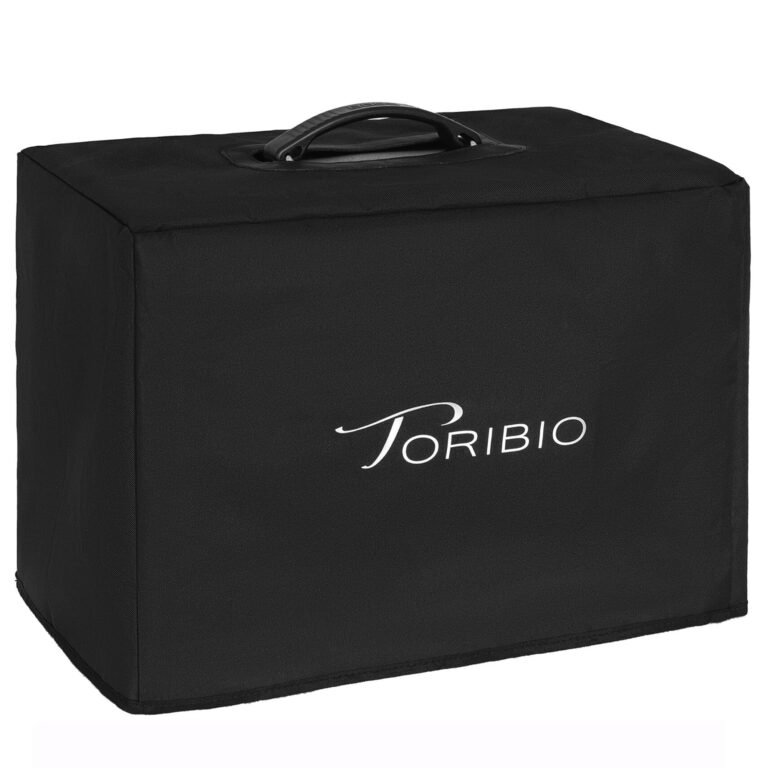
Guitar amp head covers protect amplifiers from dust and dirt, ensuring optimal performance and longevity. Key features include material durability, snug fit, ease of use, and design options.

Choosing the right guitar size enhances comfort and playing experience, considering factors like age, body dimensions, scale length, and personal preferences in style and sound.
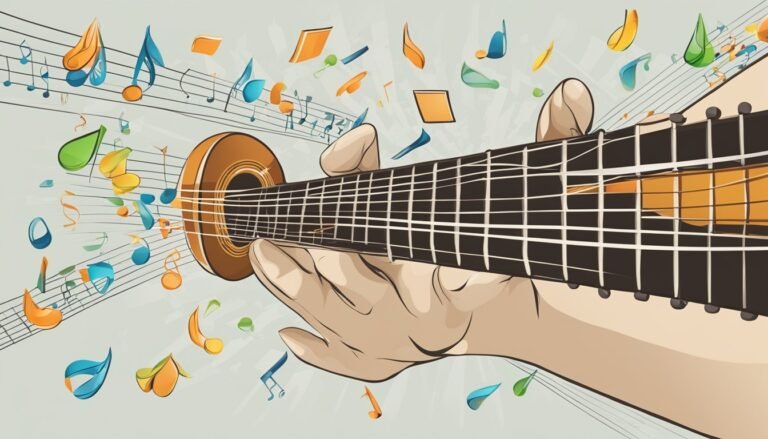
Playing songs on the guitar involves learning basic chords, strumming patterns, and popular songs to build skills and confidence, enhancing the overall musical experience.
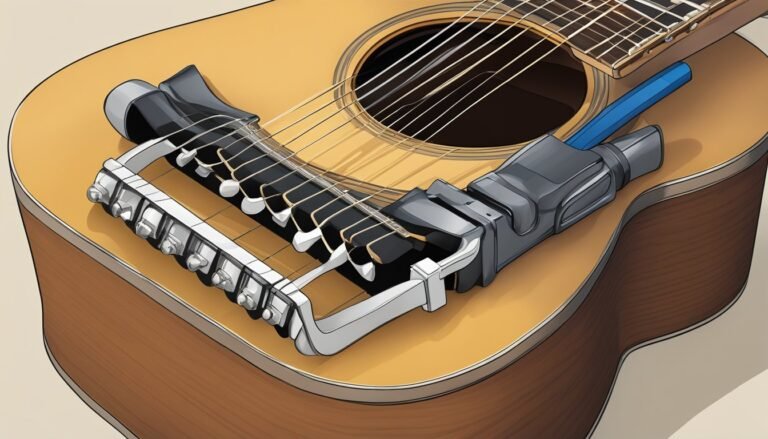
A guitar capo clamps onto the neck, raising string pitch to play in different keys while maintaining the same finger positions, enhancing versatility and creativity.
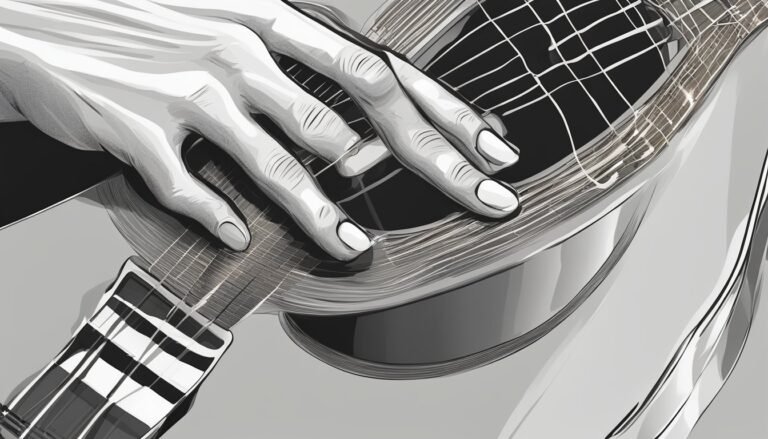
Strumming a guitar involves mastering techniques like downstrokes and upstrokes, understanding guitar anatomy, and practicing consistent rhythms for improved sound and confidence.